10. Under Construction (Rubayiat Hossain, 2015)

“Under Construction” is a film about women made by women. It is also a critique of contemporary Bangladesh society in two ways. First, the story skillfully weaves together an examination of gender relations in Bangladesh, which is followed by a powerful critique of the exploitation of labour and the underlying political structures governing it. The trope linking these two disparate social phenomena is that of building construction. The film looks at and deconstructs how gender is constructed in a conservative, patriarchal society against a backdrop of urban blight caused by the over-construction of dwellings in Dhaka. This is made abundantly clear by the way the film deconstructs a classical Bengali play, Tagore's “The Red Oleander”. Roya, the female protagonists seeks to ‘modernise' the play, which antagonizes some friends who revere Tagore, while a curator from Europe (someone without deep cultural roots in Bengali culture) is attracted to the idea. Thus, “Under Construction” is a multi-layered production that is good to look at and biting in its criticism of contemporary affairs. It is the story of Roya, her mother and her housemaid Moyna.
“Under Construction” got commercial release in France and participated notable international festivals.
11. Aynabaji (Amitabh Reza Chowdhury, 2016)
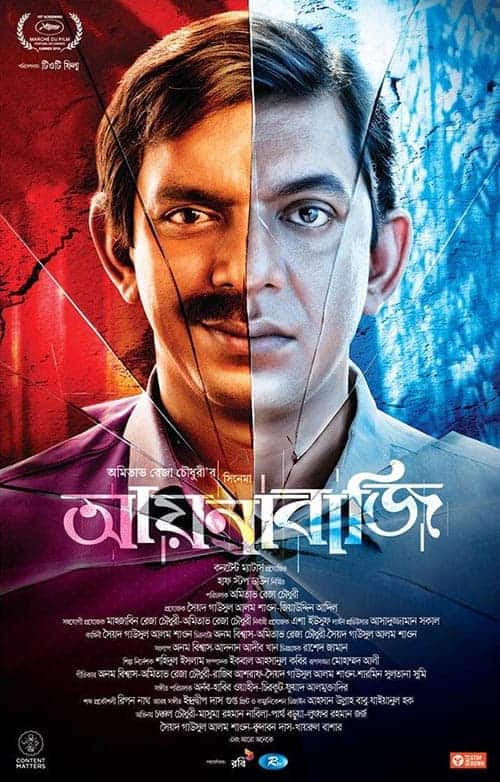
In this crime thriller, a man named Ayna is connected to the crime world through his acting talent. Though he runs an acting school for children, yet to treat his ill mother, he goes to jail as a short-termed prisoner in disguise, in exchange for money, in order for the actual convicted individual to remain outside.
He continues this profession after his mother's death and starts enjoying acting different characters. He decides to leave this profession after finding his girl Hridi, but he is kidnapped by a corrupt politician to do it again for him. While staying in the jail this time, he realizes that the verdict of the trial was death sentence. However, he manages to escape jail in the disguise of a guard and starts a normal life with Hridi.
“Aynabaji” became the most popular film of the 2010s while the performance of Chanchal Chowdhury in the role of Ayna is magnificent. Despite seemingly formulaic, the authentic depiction of the rich culture and heritage of the Old Dhaka, the well-crafted details in the mise-en-scene and the amazing cinematography confirm the film's grasp of the contemporary history of Bangladeshi cinema.
12. Jonmo Sathi (Born Together, Shabnam Ferdousi, 2016)
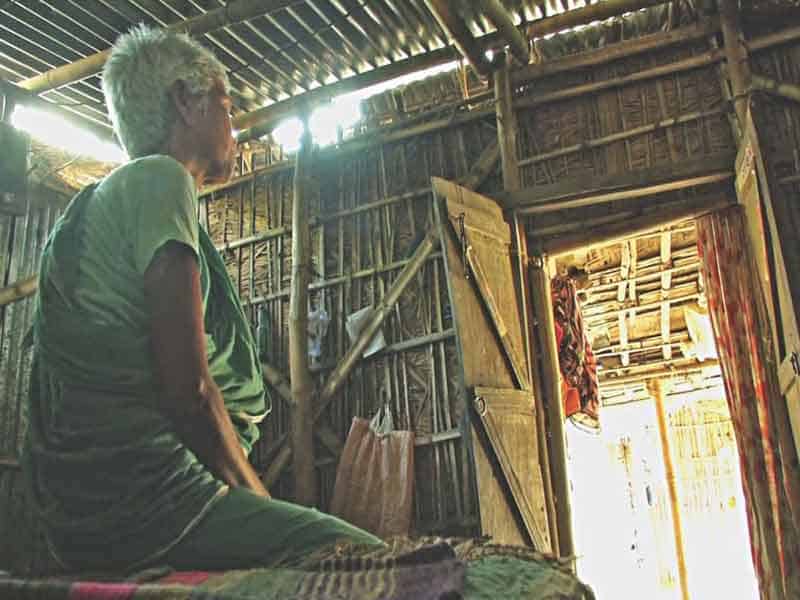
Bangladesh got liberated on 16th December 1971. Shabnam Ferdousi was born on 14thJanuary 1972 in a hospital in Dhaka. On that day, 12 children were born among whom five were war children. At the age of 43, she embarks on a journey to learn the whereabouts of her birth mates, some of whom were born due to the ruthless rapes by the enemy army during the Liberation War. She discovers that the rape victim mothers only got the sugar-coated title Birangana(War Heroines) but had lived miserable lives. And although some of the war children were adopted by foreigners, many of them are now living low lives by hiding their ‘dark past' related to their birth. The film exposes how the state and people of Bangladesh have been neglecting their sacrifices.
13. Oggatonama (Unnamed, Tauquir Ahmed, 2016)
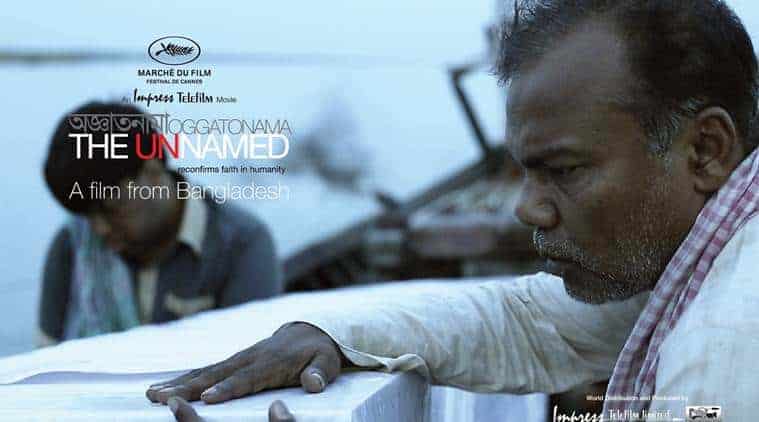
If apparel industry is the highest earner of foreign currency for Bangladesh economy, the remittance of overseas workers would be the next source. More than 10 million Bangladeshi migrant workers are working abroad and “Oggatonama” delineates how insecure their working environment is and how flawed the migration process is!
A coffin which is supposed to contain a farmer's son, Asir, who died in a Middle-East country from an accident in his workplace, is actually carrying the body of someone else. The local police compels Ramjan, who sent the son overseas by faking documents, to join Asir's father and go to the capital with the coffin to retrieve the proper body. They find it very hard to overcome the bureaucratic bars in the city while the dead body starts decomposing.
14. Live From Dhaka (Abdullah Mohammad Saad, 2016)
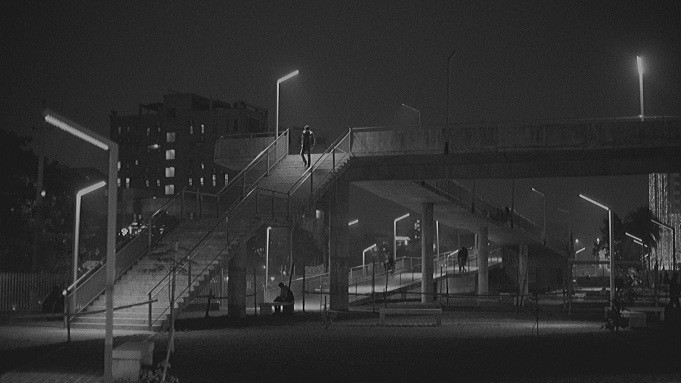
The protagonist Sazzad, a partially handicapped yet ambitious man, is seeking his fortune in the big capital city Dhaka, but finds himself a failure. He ends up in debt due to the stock market crash. His relationship with his girlfriend suffers and his drug-addict younger brother is a liability. Now he tries to go abroad to try his fortune again. The difficult condition in the ruthless city and his problematic relations with the people he loves ultimately take him down. Shot in grainy black-and-white, the film depicts how the city dwellers are trying to find happiness in the grimy environment.
The debutant Abdullah Mohammad Saad bagged the Best Director's award in Singapore International Film Festival 2016 for the film.
15. Doob: No Bed of Roses (Mostofa Sarwar Farooki, 2017)
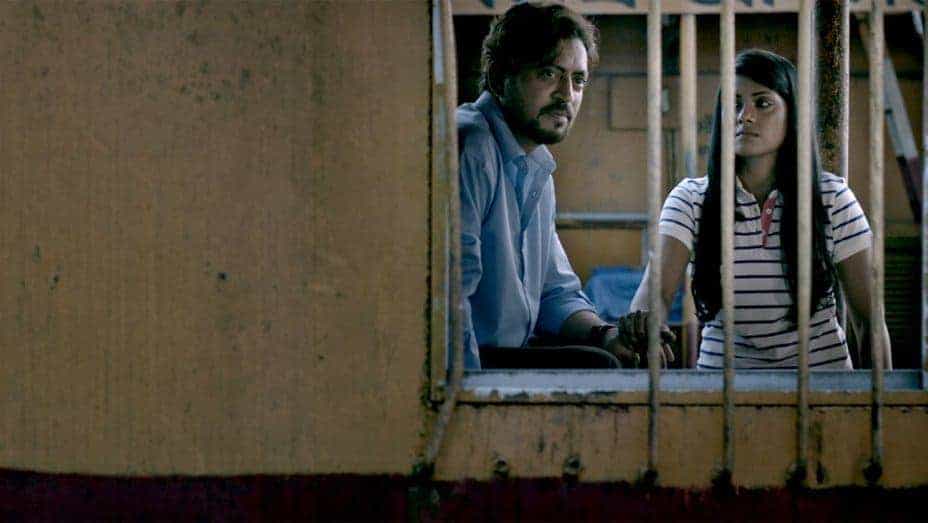
Loosely based on the life of the most popular writer Humayun Ahmed, “Doob” is a family drama of loss and regain, stylistic and rich in film language. Mostofa Sarwar Farooki studies the character Javed, a filmmaker who marries young actress Nitu, his daughter's school friend. This marriage brings a major shift in his life – he earns a bad name in the society, his first wife divorces him and there is complete detachment from his daughter and pre-teen son. However, the central tension in the film derives from the revised relation between the father and the daughter, Saberi. The pain and agony of the two characters is projected in the film with care. Shattered Saberi takes revenge from his father by not responding to his loving and desperate calls. The second marriage of Javed does not last long due to his untimely death. Javed's death brings change in the attitudes of the characters again. The film ends with the scene of a reunion program at the high school where Saberi and Nitu meet again.
A co-production between Bangladesh and India, late Irrfan Khan performed the character Javed and co-produced the film. The experimental narrative and the stunning cinematography are two features easily identifiable in the film.
16. Khacha (The Cage, Akram Khan, 2017)
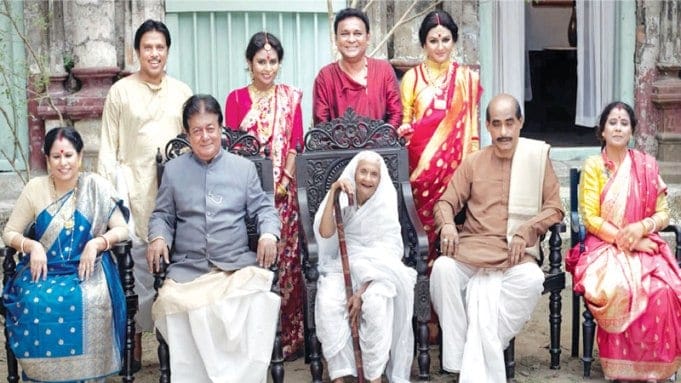
The film focuses on the pain and agony of the people who are victims of the1947 Partition of India. Set in post-Partition time, “Khacha” tells the story of a Hindu family in East Pakistan who wants to move to India for a better life.
In 1947, the Indian sub-continent was divided into India and Pakistan and Bangladesh was included under the state of Pakistan as one of the two majority Muslim lands. Eventually, there was an exodus – millions of people crossed the borders and the middle-aged couple Ombujakkho and Sarojini also wants to follow. They remain oscillating between a toppling house and a dream to start fresh in the new country. After several failed attempts, the film ends with Sarojini's outburst and cry. They remain stuck in the cage of the almost abandoned house where the father of Ombujakkho became paralyzed and the elder son died due to the bite of a snake.
Bangladeshi filmmakers are overwhelmed with the narratives of 1971 Liberation War. Khacha is one of the very few films about the 1947 Partition. The film was adapted from eminent writer Hassan Azizul Haq's story of the same title.
17. Swapnojaal (Giasuddin Selim, 2018)
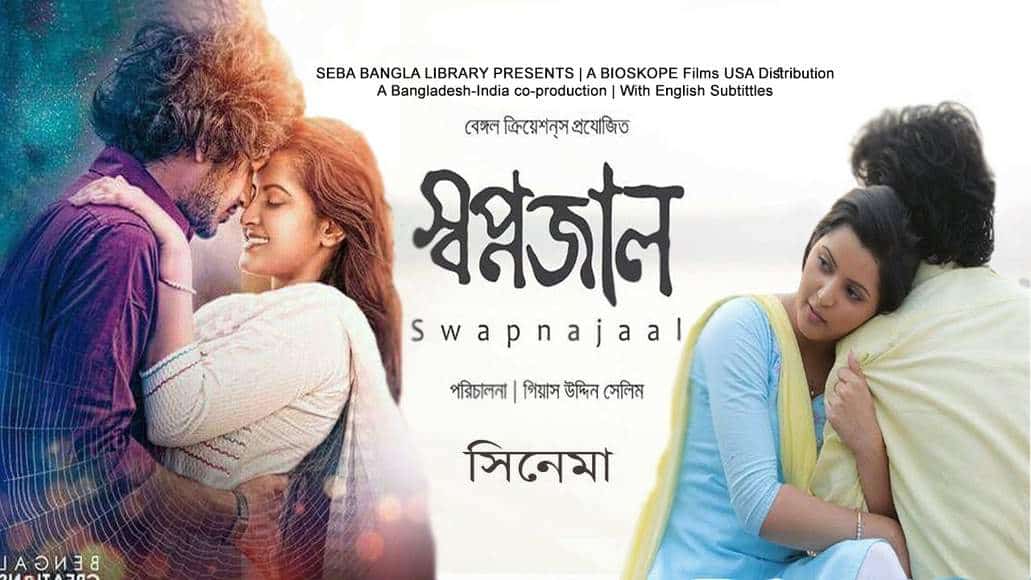
Set in a riverside small town in the 1990s, “Swapnajaal” is primarily an inter-religious teenlove story of Opu and Shuvra. Their romance is shattered due to the greed of influential Muslim businessman Aynal Gazi's who wants to grab the property of Shuvra's Hindu family. Shuvra's father disappears and she has to migrate to Kolkata with her mother. After much hustles, Opu illegally crosses the border to meet Shuvrain in Kolkata, although her life there has taken a different turn. Back home, he fights for bringing justice to Shuvra's family and thus getting back his love. Even after justice is served, there are more obstacles on the way to their reunion.
A co-production between Bangladesh and India, the film portrays how religious minority people suffer in South Asia and depicts how, sometimes, they lose their properties to the powerful majority people, throough a passionate teen romance. The film also shows that, despite the partition in 1947, the people from both Bengals (Bangladesh and West Bengal, India) still have their connections and they still cross the borders both in legal and illegal ways.
Featuring tunning cinematography, the film appears as a real co-production between Bangladesh and India having stories of cross-border relations.
18. Komola Rocket (The Orange Ship, Noor Imran Mithu, 2018)
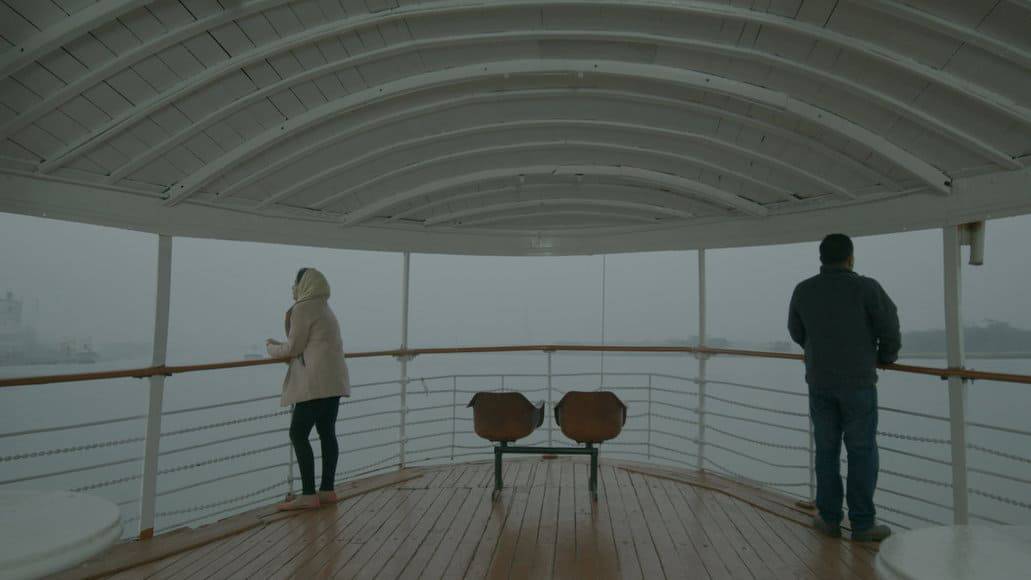
“Komola Rocket” is the name of a steamer and the story evolves in a trip of the steamer from the capital city Dhaka to south-western city Khulna. The people of the rocket steamer represent contemporary Bangladesh where rich Atiq and poor Mansur are traveling in the same boat but in two segregated classes. Atiq is the owner of a garments factory which was burnt and Mansur is carrying his wife's dead body, who was burnt in Atiq's factory, in a coffin. Atiq is taking this trip just to hide from the press and administration because the factory was set on fire deliberately, in order for him to receive a handsome amount of money from the insurance company. In the steamer, there is a versatile character named Mofiz, a regular face in this ship, who does several petty works in the ship that range from selling his own pulp fictions among passengers with a female pseudo name printed on the book to supply sex workers to the passengers at cabin. However, in the journey, he appears as the connection between Atiq and Mansur. The trip is delayed due to dense fog in the river. Moreover, the steamer is stuck later inside a deposited land in the middle of the river. The dead body starts decomposing and stinking and there is food crisis in the ship. Mofiz somehow manages dinners for both Mansur and Atiq. The crisis brings Atiq and Mansur closer, as they have to take dinner sitting next each other. Atiq comes to know why Mansur looks sad and the identity of the dead body that is decomposing in the ship. Repenting Atiq cannot take the food anymore and vomits out of disgust.
The film is adapted from two short stories written by Shahaduz Zaman.
19. Alpha (Nasiruddin Yousuf Bachchu, 2019)
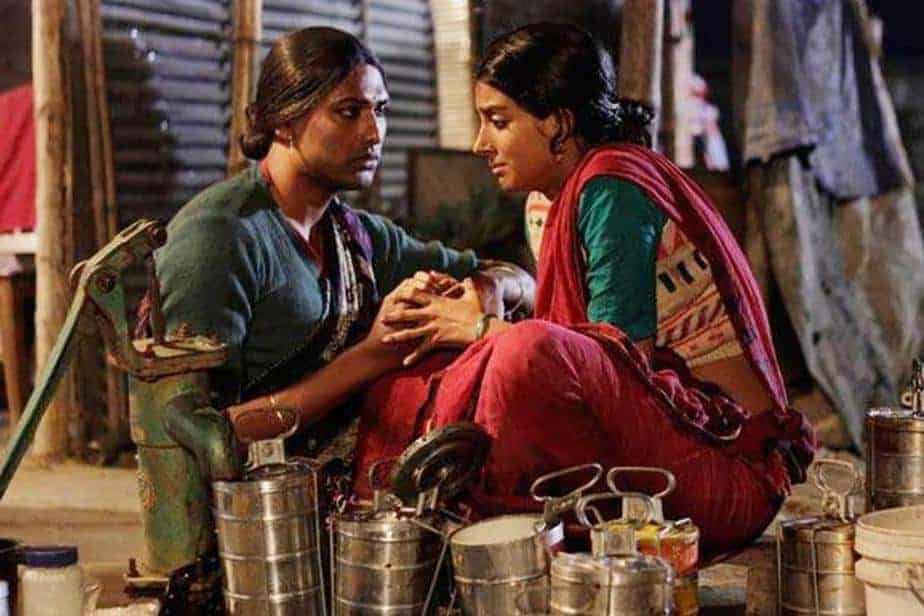
The film depicts contemporary Bangladesh where the story revolves around a poor rickshaw art painter named Alpha. Rickshaw painting is a unique popular art form in Bangladesh and for his mastery of the craft, the people of the nearby slum address Alpha as “artist” and respect his artworks. Alpha lives in a dilapidated hovel in the middle of a large lake in the city. For him, selling rickshaw painting no-longer provides a sufficient income due to the advent of digital photo print.
Alpha roams around in the city with his artworks and observes people and places. He comes across many incidents – religious hatred and divisions among people, hatred and disgust towards the hijra (transgender) community, hatred toward illegitimate and orphan children growing up in the slums, stigma around single parenthood and women in the workforce, the lack of a safe work environment in the readymade garments industry and the rise of street crime. Alpha's most startling experience is an unidentified floating dead body stuck at his over-water hut – the story takes a new turn from there, which relates to the rise of extra-judicial killing in recent Bangladesh.
20. Made in Bangladesh (Rubayiat Hossain, 2019)

The protagonist, female RMG factory worker Shimu struggles to form a union in the factory for workers' rights, safe factory conditions, and improved wages. The management's repression, her husband's non-cooperation and the government office's connection with the factory owner do not allow her to get the approval. Her only support are a few of her fellow female workers and a right based NGO. But it is her determination that makes it possible. The film exposes the inside stories of labor exploitation in the apparel factories in Bangladesh.
The film premiered in Toronto International Film Festival and was released in France, Portugal and Denmark. Criterion Collection included “Made in Bangladesh” in the lists of the ‘hidden gems' of the decade 2010s.

Fahmidul Haq is visiting research professor of Film and Television at the University of Notre Dame, USA. He has authored and edited 17 books mostly in Bengali. His international titles are being published from Routledge, Intellect and Lapland University Press. His current book project deals with identity politics in cinema which is forthcoming from Intellect. He has taught at the Department of Mass Communication and Journalism, University of Dhaka, Bangladesh for nearly two decades.


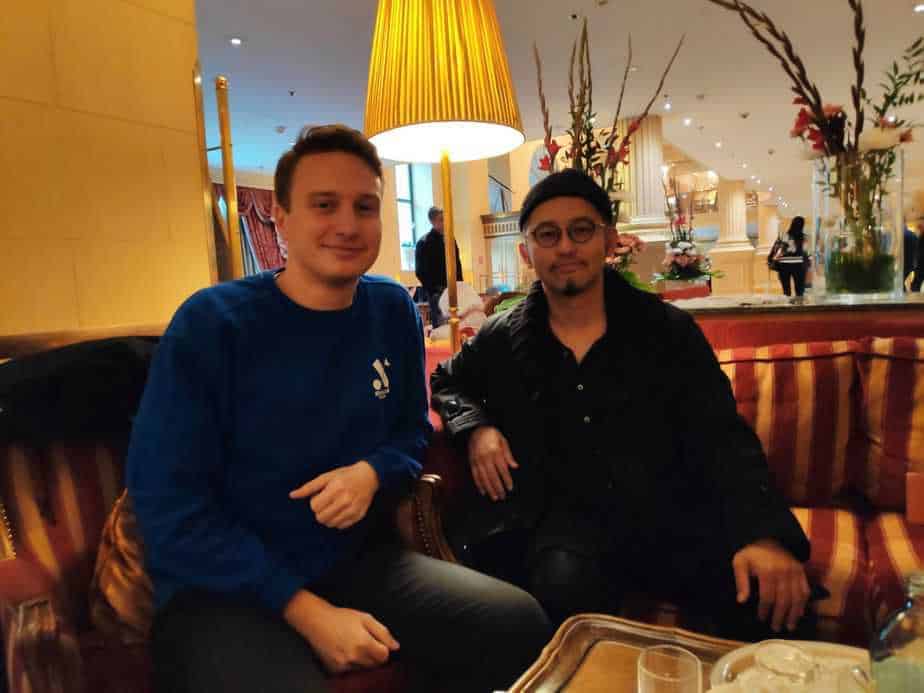












Haq bhai,
The article is really inspiring. We Bangladeshi usually avoid to watch Bangladeshi bangla movie. But we should find & watch our own movies.
We should watch our movies & encourgh our movie director, producer.
Anyway there was also a movie, you may watch call NO Dorai!
Love the article, looking forward.
Thanks for your valuable comments.
Alpha ? Why not Gerila ?
Monpura (2009) nai keno?
This list is a total shit. Ask any moviegoer.
এসব গু ছাড়া কি আর কিছু আছে যা দিয়ে গ্রেট বাংলাদেশি ফিল্ম লিস্ট বানানো যাবে? তবে এটা করা যেত এসব গু কে গ্রেট বলে লিস্ট না বানিয়ে এসব গু কেন গু সেটার সমালোচনা করা। কিন্তু গু না খেতে পেয়েও যখন হঠাৎ হঠাৎ গু পাওয়া যায় তখন গু কে ও আকর্ষণীয় কিছু মনে হয়
What is good cinema in your view as you are terming these Gu, can you please explain. It seems you are ignorant of independent realist cinema and world cinema traditions. May be you are somebody only knows about industry based formula cinema and cheap film narrative.
মেহেরজান, নন্দিত নরকে দুটি অসাধারণ বাংলাদেশী চালচিত্র l
ডুবসাঁতার নাই কেন । ।
My all time favourite Bangladeshi film is ‘Surjo Dighal Bari’.
Others I would include are Chitra Nodir Paare; Muktir Gaan, Rina Brown, Probashi Mon Amar, Swadhinota; Padma Nodir Maajhi,
Most of the titles you mention were made in the previous millennium. This is a post-2000 list
How can I becomes a professor of Film and Television ? Sounds like the perfect job for me !
Fabulous post. You have shared a few excellent tips. I covey with you that any blogger really must assist their guests. When your guests observe esteem in your substance, they will return for additional.
Thanks For Sharing. Have a Good Day.